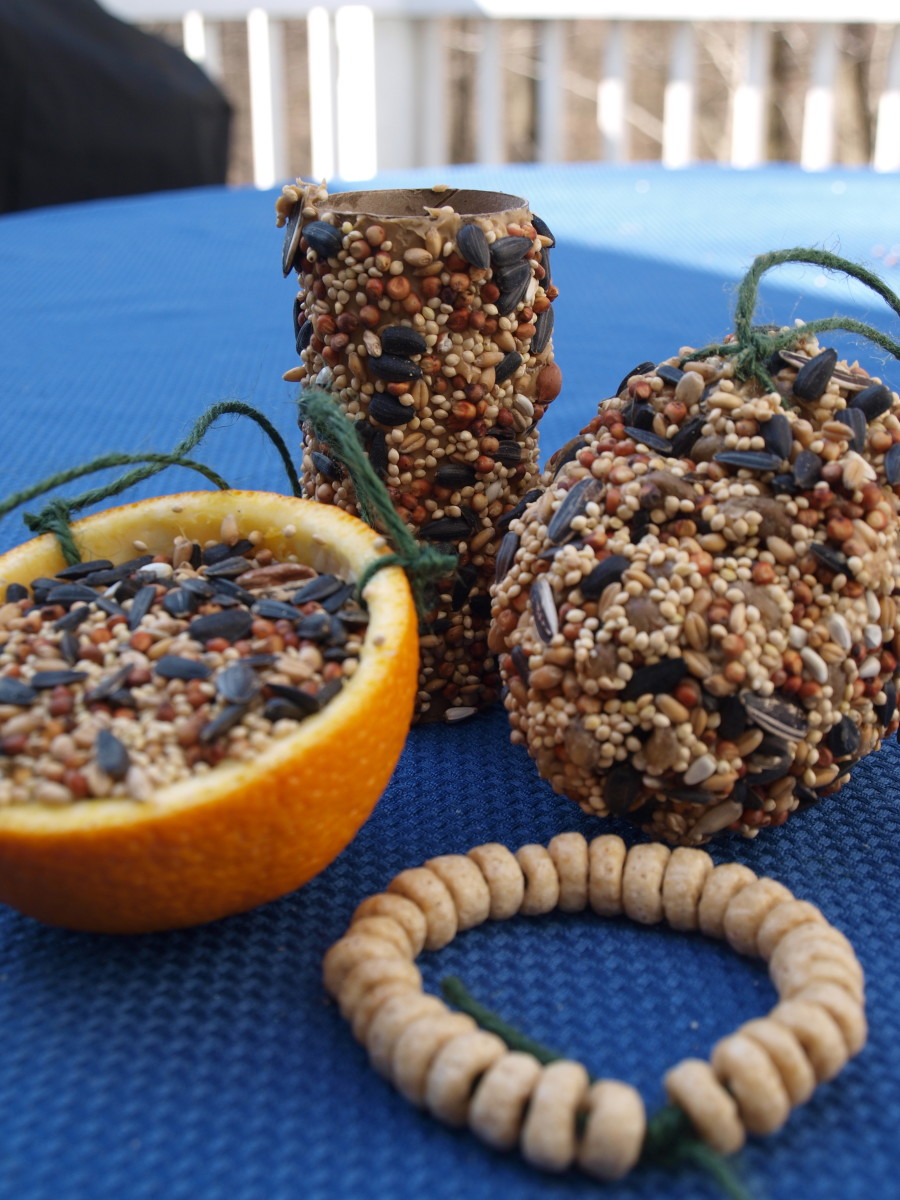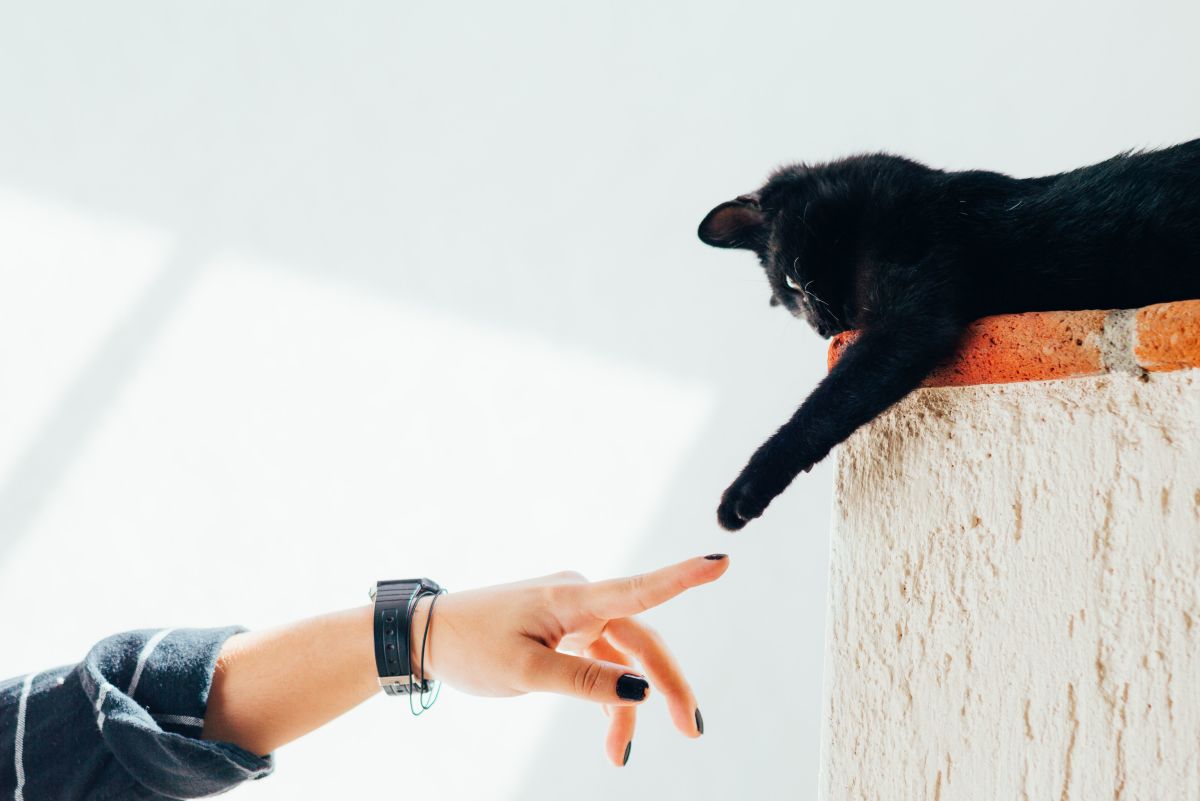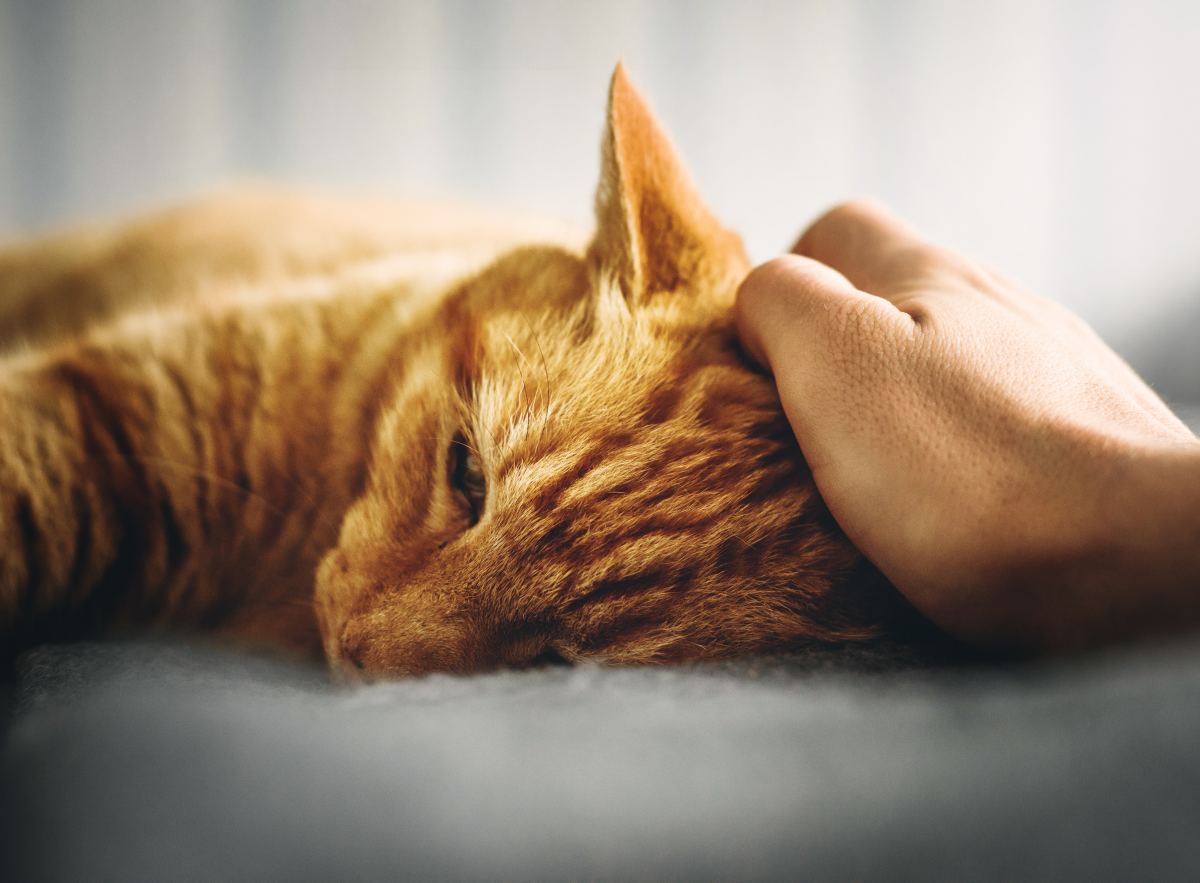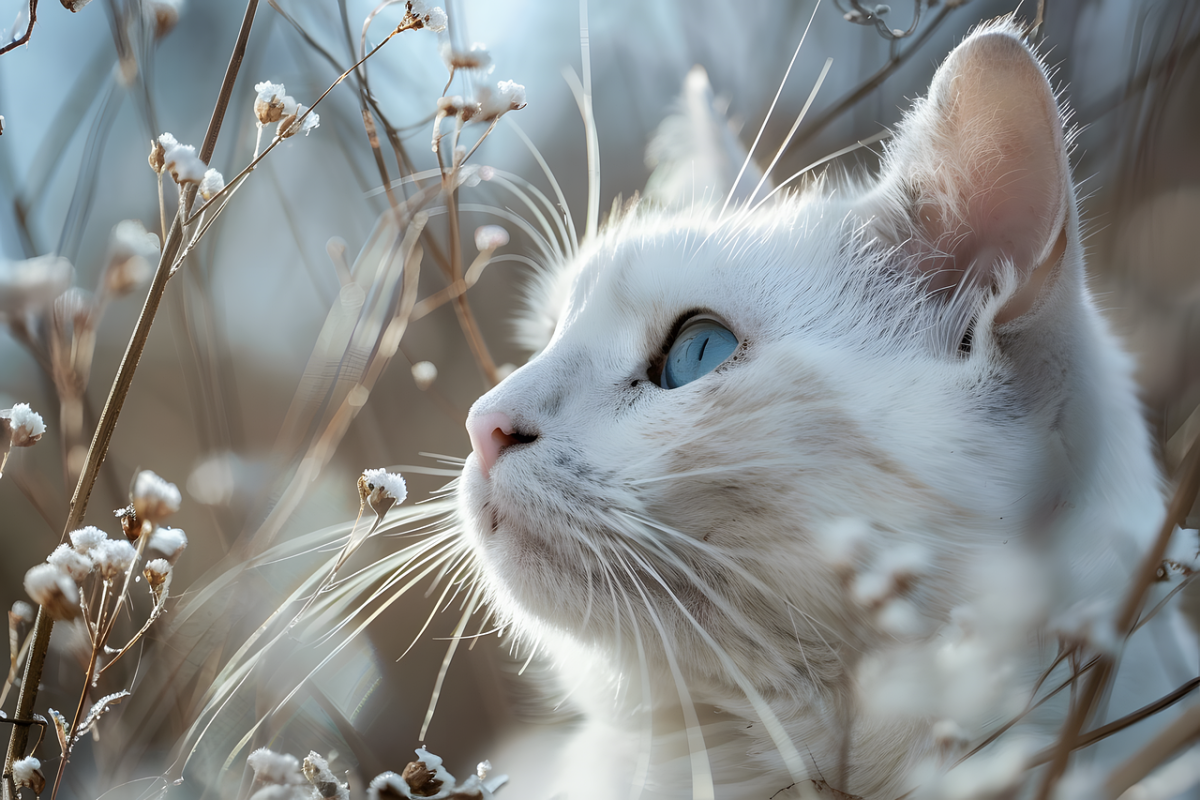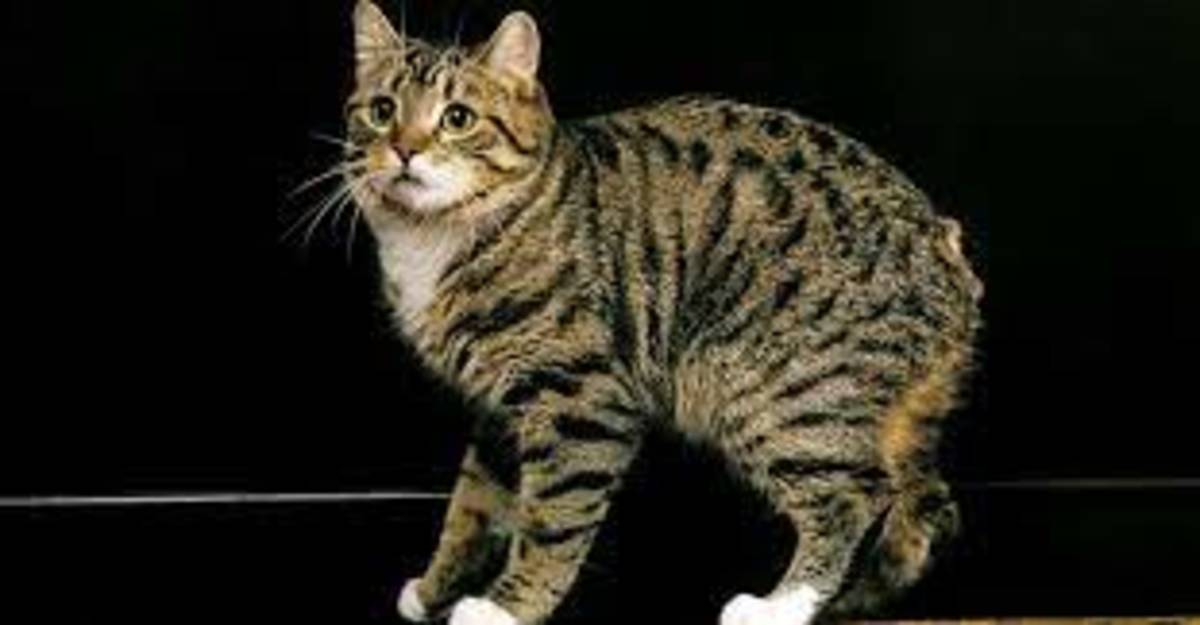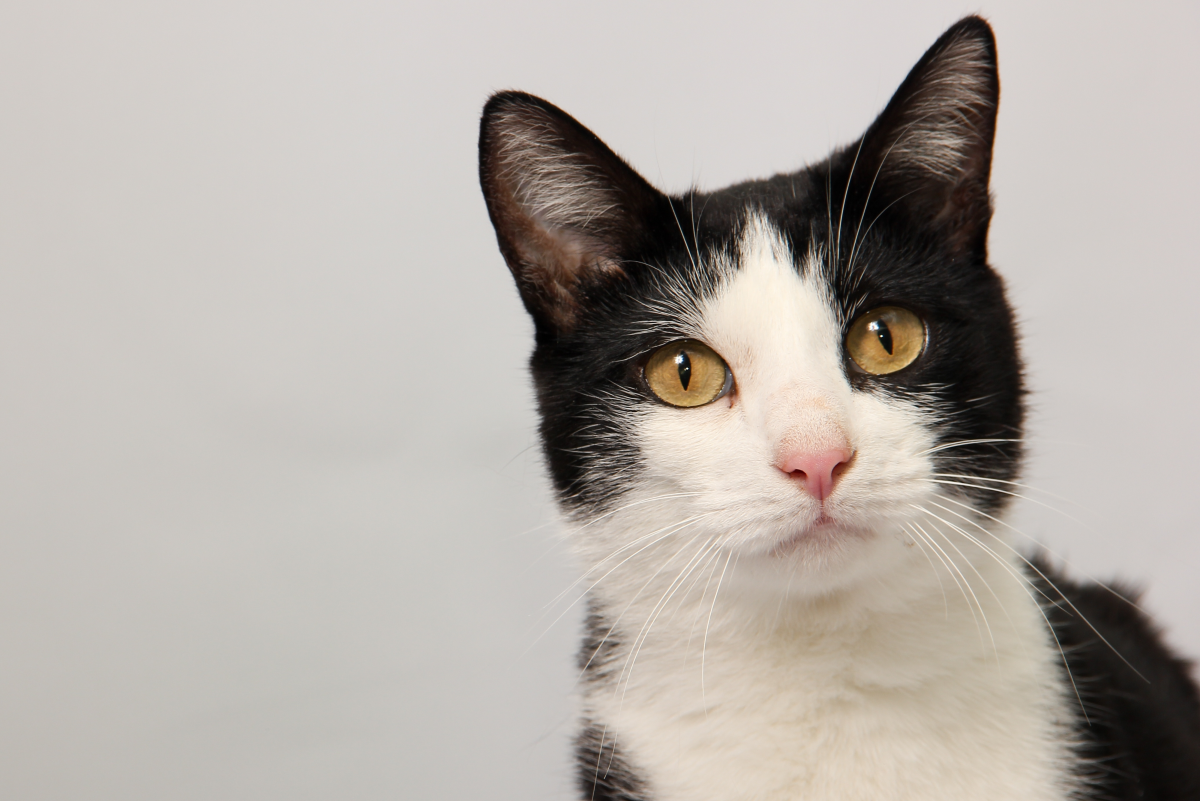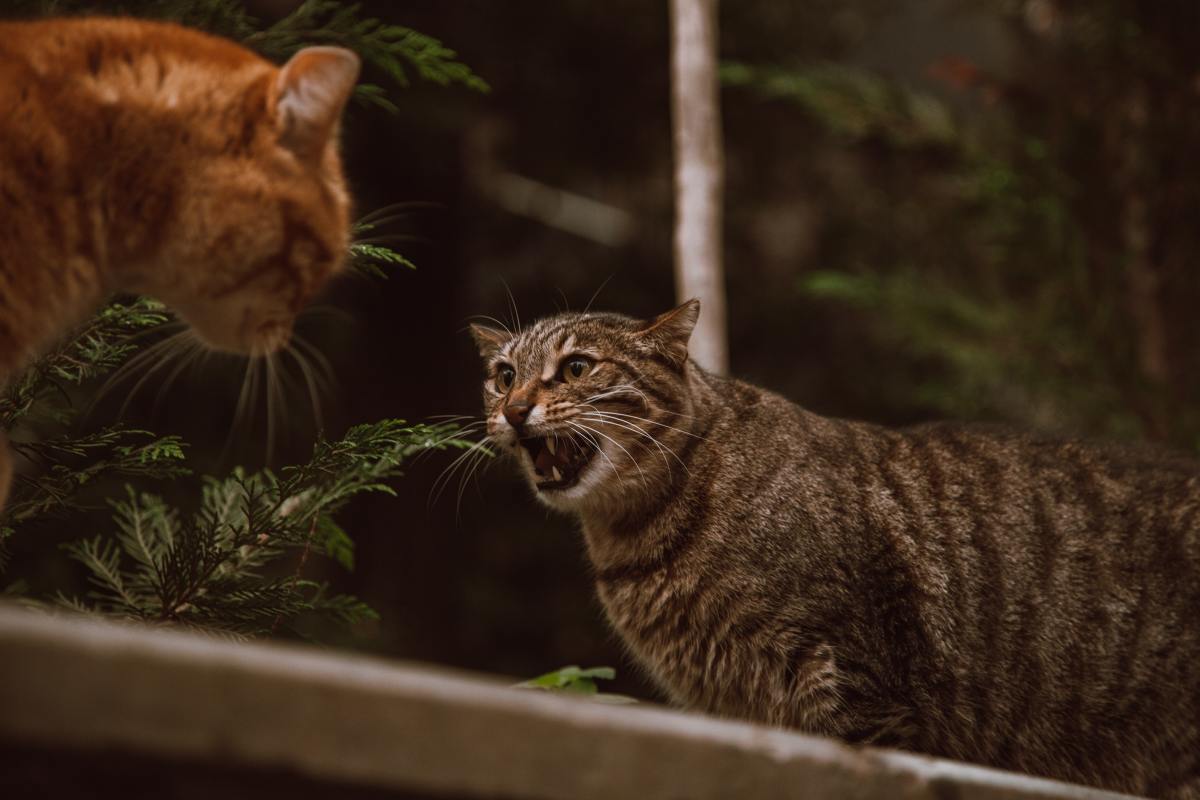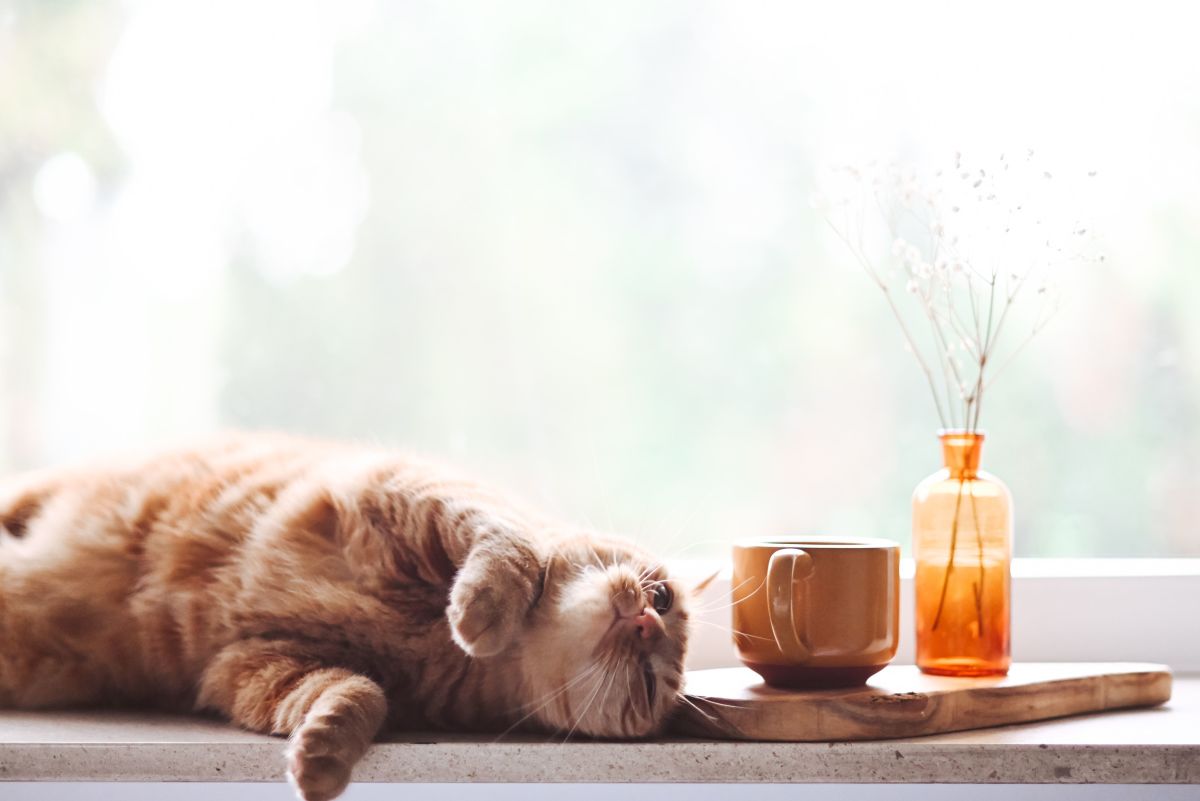Eco-Friendly Cat Care
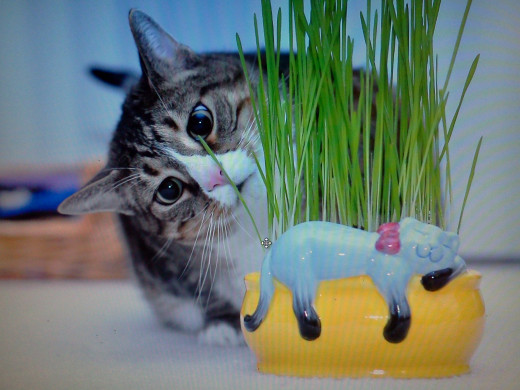
Being a pet owner can be one of the most rewarding feelings, but in our disposable society, a lot of pet supplies are ruining our environment and filling our landfills. These simple tips can help limit your pets' environmental footprint because little steps add up to a big impact.
Litter
Use natural litter. Feces is biodegradable. Clay litter is not. Natural litters made from items like newspaper, pine, cedar, and corn are lighter weight, biodegradable, and are naturally scented without perfumes that may upset some cats. Although no studies have been done to show how detrimental clay litter can be to human and feline health, it is well documented that clay litter contains Silica (a known carcinogen) and clumping litter contains Sodium Bentonite which is insoluble in water and may harm cats when ingested through grooming. Dispose of waste in paper or biodegradable bags such as BioBag to ensure the best treatment of the environment.
Grooming
For gentler bathing, mix warm water with a teaspoon of baking soda in a spray bottle. If the cat will not let you spray him directly, just spray the mixture into your palms and massage through fur until the cat is saturated or will take no more. Work a comb through the fur (preferably a wider-spaced comb such as a human comb). This will help distribute the mixture through the layers of fur and also removes loose fur. When the fur dries, finish off with a fine-toothed comb to remove dander, fine fur, and excess baking soda.
Brush cats outdoors so that excess fur can escape into the environment naturally or add fur to compost or hang in a wire basket for birds to collect as nesting material. Repurposing the seemingly endless supply of fur is one of the simplest things that can be done to limit waste.
Feeding
Feeding cats can be one of the largest sources of eco-waste. Between the cans, labels, bags, and ingredients in some of the food, the tally of excess builds quickly. There are some minor things that can be done to limit your (and your cats') personal waste. Supplement meals with some of your own home cooking. Don't give your cats junk food like potatoes and gravy or foods that are bad for their health like garlic, but an unsalted, baked chicken breast can go a long way and is often appreciated more than a can of cat food. One breast can be baked along with your own dinner, shredded, and stored in Tupperware for use throughout the week. If you give fish, limit it as a rare treat because some cats may not digest it well or they may not get all of their nutrients. Watch for bones and other hard to digest pieces. Many cats also enjoy supplementing their diet with vegetation. Growing a small plot of wheatgrass or catnip in a window planter can provide cats with hours of fun treats and improved digestive health. *Cats are not meant to be vegetarians, so don't consider this a full meal.
Toys
Cats love toys that keep them active and test their predatory skills, and it seems like they are always losing toys under furniture or shredding them to bits. Save money by repurposing items like aluminum foil or crumbled paper for balls and cardboard boxes for houses. Fill socks with catnip and cotton stuffing for a fun kicker toy, and a well-scrubbed prescription bottle with a couple of dried beans or some dry rice make makes a great chaser toy. Many people use simple items like milk jug rings, ribbons, and pipe cleaners as chaser toys; this playtime needs to be monitored closely to avoid swallowing or choking hazards.
© 2013 Liz Woodward

